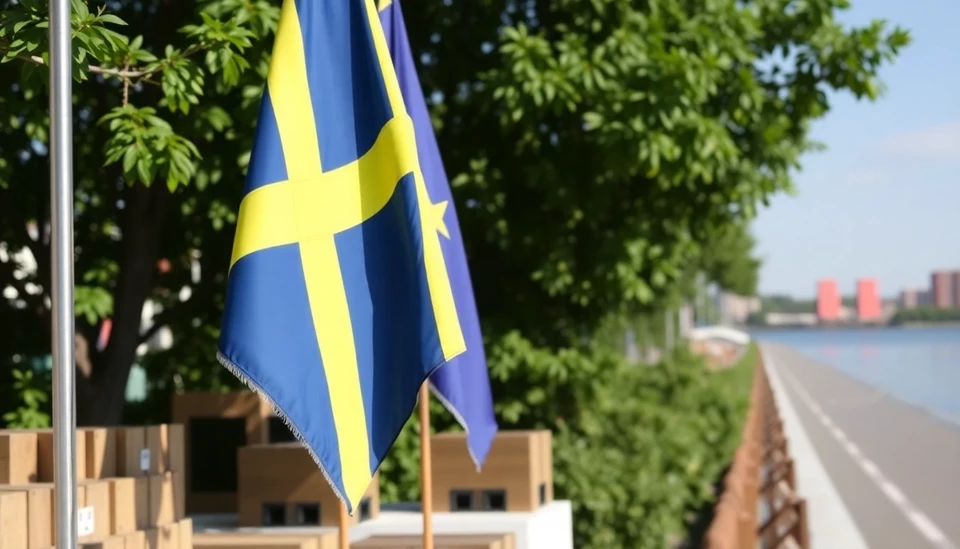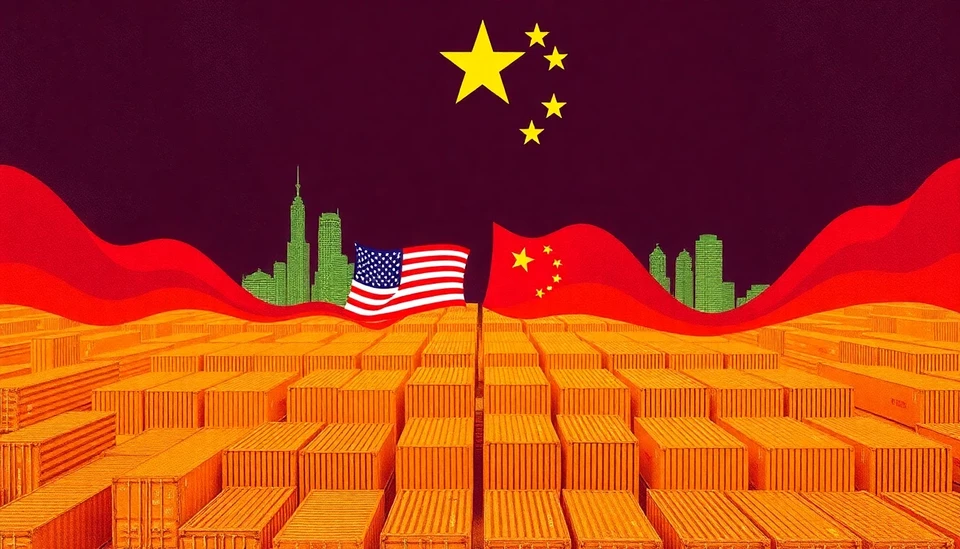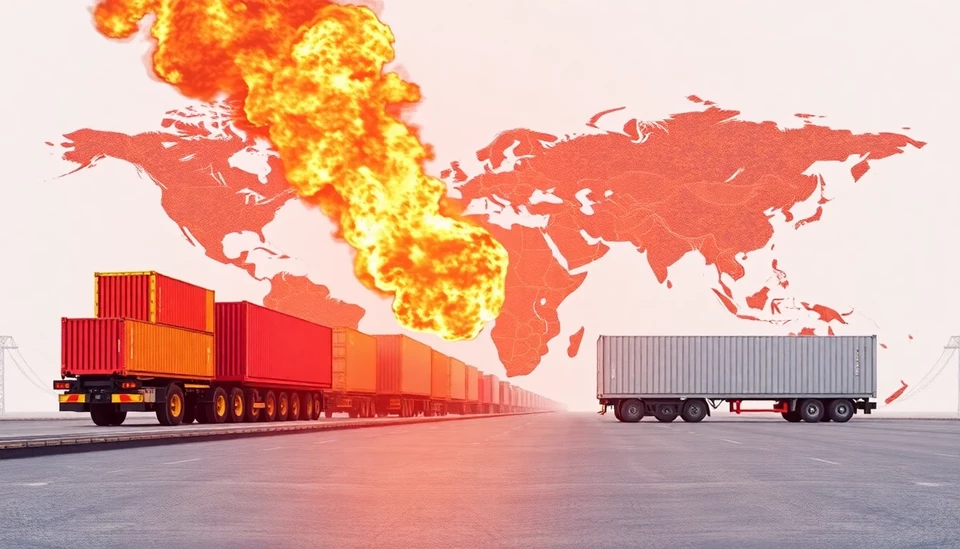
The World Trade Organization (WTO) has made a shocking revision to its forecast for global trade growth, attributing the downgrade largely to the lingering impacts of tariffs imposed during the Trump administration. The organization now estimates that global merchandise trade will grow by only 2.5% this year, a significant reduction from the previous forecast of 3.5%. This lackluster outlook underscores the profound disruptions that have emerged from ongoing tariff wars and trade tensions.
As trade conflicts continue to shape international economic interactions, the WTO noted a range of factors contributing to the slowdown. The pervasive uncertainties surrounding trade policies and geopolitical tensions have led manufacturers and exporters to adopt a more cautious approach, stifling trade volumes. These developments are especially evident in sectors that are highly sensitive to tariffs and customs regulations.
The consequences of the Trump-era tariffs are evident in various economic sectors, particularly in manufacturing, where output has been sluggish due to increased costs of imported goods. Supply chains, once optimized for efficiency, have become fragmented as businesses reassess their operations in light of heightened tariffs. As a result, many companies are searching for alternatives to their traditional supplier networks, contributing to a disruption that further exacerbates the global trade landscape.
Despite the grim outlook, the WTO has expressed cautious optimism for subsequent years, anticipating a rebounded growth rate of 3.5% in 2026. Experts believe that as clarity surrounding trade policies and tariffs emerges, global commerce could gradually stabilize. However, the organization emphasized that substantial risks remain on the horizon, driven by potential additional tariffs, ongoing geopolitical conflicts, and the shifting dynamics of global supply chains.
Furthermore, the WTO highlighted that the world economy's recovery post-pandemic still remains fragile. Factors such as inflation rates, rising shipping costs, and a potential slowdown in consumer demand all represent significant headwinds for trade growth. The interplay of these elements, combined with existing tariffs, is likely to result in a prolonged period of volatility for international trade.
In conclusion, as the global trade landscape continues to be influenced by tariffs implemented during the Trump administration, stakeholders from different sectors must navigate a complex web of challenges. Businesses and policymakers alike are advised to stay informed and agile, preparing for both the current trade environment and the potential shifts that may follow in the coming years.
Overall, the WTO’s revised forecast paints a sobering picture of global trade's immediate future, necessitating concerted efforts among nations to resolve trade disputes and strategize for economic recovery.
#WTO #GlobalTrade #Tariffs #TradeOutlook #Economy #SupplyChain #TrumpAdministration #TradeWars #EconomicGrowth
Author: Laura Mitchell




